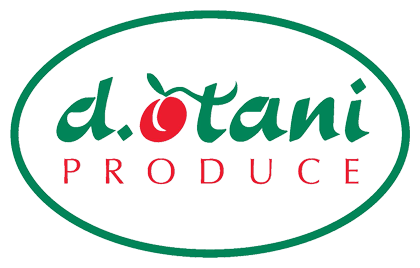 The International Restaurant & Foodservice Show, held at the New York Javits Center March 8-10, drew more than 18,000 visitors who participate in the numerous educational sessions and demonstrations, along with a trade show comprising 450 exhibitor businesses that service the restaurant and foodservice communities. It is among the largest Northeast shows in these industries.
The International Restaurant & Foodservice Show, held at the New York Javits Center March 8-10, drew more than 18,000 visitors who participate in the numerous educational sessions and demonstrations, along with a trade show comprising 450 exhibitor businesses that service the restaurant and foodservice communities. It is among the largest Northeast shows in these industries.
One exciting, timely and informative session, held March 9, was titled The Food Asset Potential and featured Executive Chef of New York Times Café Max Cavaleri as well as Thomas McQuillan, vice president of strategy, culture and sustainability for the Bronx-based Baldor Specialty Foods.
Together they presented a live cooking demonstration on how foodservice operations can fully utilize all of the food in their kitchens to create economic value for their establishments, preserve the environment and provide food to those most in need.
Chef Cavaleri demonstrated how to prepare a delicious dish using food products that might otherwise be wasted, while McQuillan took participants on a zero-food waste journey. Attendees walked away with sustainable ideas they could implement into their organizations immediately.
Baldor Specialty Foods has long been known as a strong advocate of eliminating food waste.
“There are four options for food that create the Food Asset Potential,” said McQuillian. “Food should feed humans and animals, be used to create energy and/or our future soil system. Food should never be wasted. It simply makes no sense not to glean all the value we can from the food we manage. Creating the future soil system with food will dramatically reduce the amount of product that gets hauled to landfills, which will help to rebuild our environment and create economic value.
“Baldor’s zero-organics to landfill commitment from its fresh cuts facility means that all food remaining from production is used to create animal feed,” continued McQuillian. “Sustainability is a core value at Baldor, and we encourage others to completely eliminate food from their waste stream.”
Baldor’s initiative starts at the source — with its farmers and distributors. It then extends to its staff and processes and ends with donating surplus food to organizations to repurpose for service that day.
At the demonstration, the main ingredients the team used were selected from Baldor’s SparCs initiative, which is the food remaining from its fresh cut produce production. Chef Cavaleri also utilized some trim from his own production at the New York Times Café.
McQuillian pointed out that it’s always been a priority at Baldor to take advantage of sustainability opportunities and avoid waste.
“Two of our notable programs are Imperfectly Delicious Produce, the use of ugly fruit, and Waste Not, a food waste tracking program where its staff collects, weighs and tracks all food waste raising awareness and creating a gamification of reducing food waste,” said McQuillian. “My thought process in creating these recipes was to utilize them in a way where there would be zero waste while not compromising flavor or diner experience.”
He explained that everyone loves food, some as mere sustenance and some as an experience to look forward to.
“This comes with the responsibility of appreciating the thing you love, and there’s no better way to appreciate food than to do everything you can not to waste it,” he said. “More than just doing the right thing for the environment, reducing food waste makes economic sense and supports a financially profitable operation. Food costs makes up a good chunk of operational expenses, so in doing the right thing to value the food we work with, we also increase profitability.”
The statistics on food waste are alarming, and as culinary and hospitality professionals, everyone has a responsibility to work with their partners to reduce food waste at the source.
“We train our staff to maximize the use of ingredients and to get creative with dishes like the ones demonstrated at this event,” said McQuillian. “We also organize a process where food is not produced in surplus. But when a surplus does occur, we partner with local organizations such as the New York Common Pantry which helps to serve the community.”

